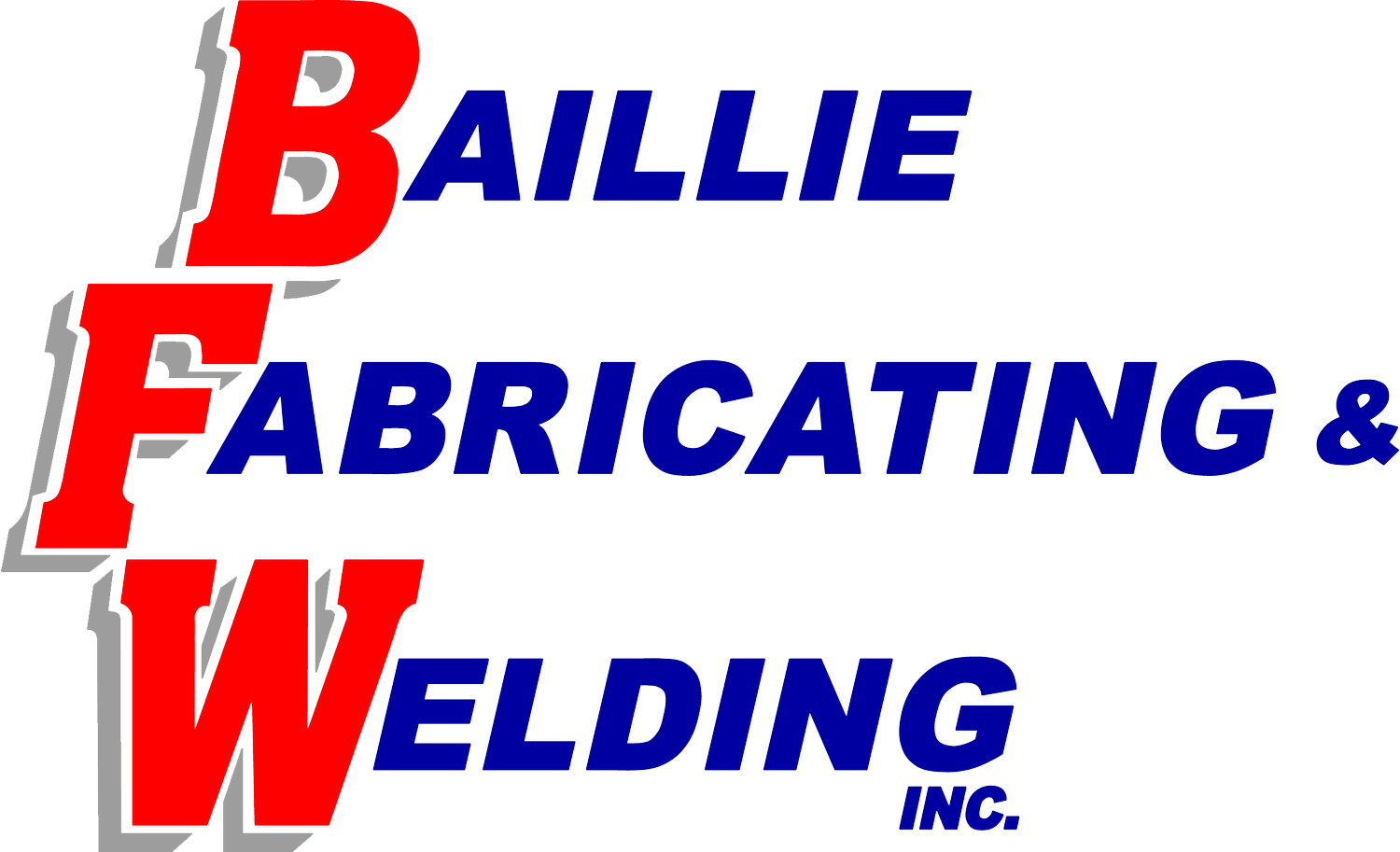Understanding Tolerances in Sheet Metal Fabrication
Tolerances are crucial in design and manufacturing processes because they ensure parts are interchangeable, assemblies fit together properly, and products meet performance requirements while accounting for variability.
Tighter tolerances generally lead to higher manufacturing costs. That’s why the Baillie Fabricating and Welding team balances the need for precision with the practicalities of cost and feasibility when providing metal fabrication services.
Let’s explore the definition of tolerancing, the difference between precision machining and sheet metal fabrication tolerances, and how to rectify the common problem of overtolerancing parts.
What Is Tolerancing in Manufacturing?
Tolerancing refers to defining allowable variations in a part's dimensions, properties, and performance criteria. Tolerances can be specified for parameters such as length, width, height, shape, orientation, position, and surface texture. These specifications are typically noted as numerical values or ranges, often in units of measurement like millimeters or inches.
Tolerancing allows acceptable deviations within a specified range to ensure that parts fit together, function correctly, and meet quality standards. For example, if a part is required to be 2” long, our team must know whether that’s exactly 2” or if there’s a margin of +/- 0.01”, which would allow the part to be between 1.99” and 2.01”.
Sometimes, customers believe tighter tolerances equal higher quality, but that’s not always the case. However, tight tolerances do equal increased setup time, quality control checks, and costs. Shops may even need to produce extra parts to replace those that don’t meet the strict standards.
In other words, if tight tolerances aren’t necessary, customers can save time and money by loosening them.
Tolerancing Challenges
What’s considered a “standard” tolerance differs in precision machining and sheet metal fabrication. A standard tolerance for precision machined parts is +/- 0.005.” A standard tolerance for sheet metal fabricated parts is much looser, ranging from +/- 0.02” to +/- 0.03.” Tolerances can also vary within parts. For example, a piece of bar stock may have a loose tolerance while the holes within it have tight tolerances.
The use of computer-aided drafting (CAD) programs results in tighter tolerance requests because computers specify precise measurements. However, there are often discrepancies between what can be drawn in CAD and what can be physically built. We regularly see prints specifying 0.01” to 0.015” tolerances for sheet metal parts—tolerances that may not be possible to achieve. The number of bends in sheet metal and the thickness of the material can also complicate tolerancing.
In addition, CAD programs have default settings that aren’t always adjusted for specific parts. This oversight can lead to overtolerancing, which makes manufacturing the part more difficult and costly. If you don’t modify the settings, you may request a precision machining tolerance to be applied unnecessarily to a sheet metal part. And if we quote you based on that tolerance, the price may be higher than you were expecting.
Let’s Talk About Tolerancing
The Baillie Fab team recognizes the importance of understanding customers' needs to produce quality parts and save money. If we believe your part’s tolerances are unnecessarily tight, we’ll contact you to discuss our concerns and recommendations. Our shop follows the principles of Design for Manufacturing (DfM) to streamline manufacturing, reduce production costs, and improve product quality and reliability.
Baillie Fab offers a comprehensive suite of in-house services from design to final assembly. Contact us or request a quote today for our sheet metal fabrication services.

